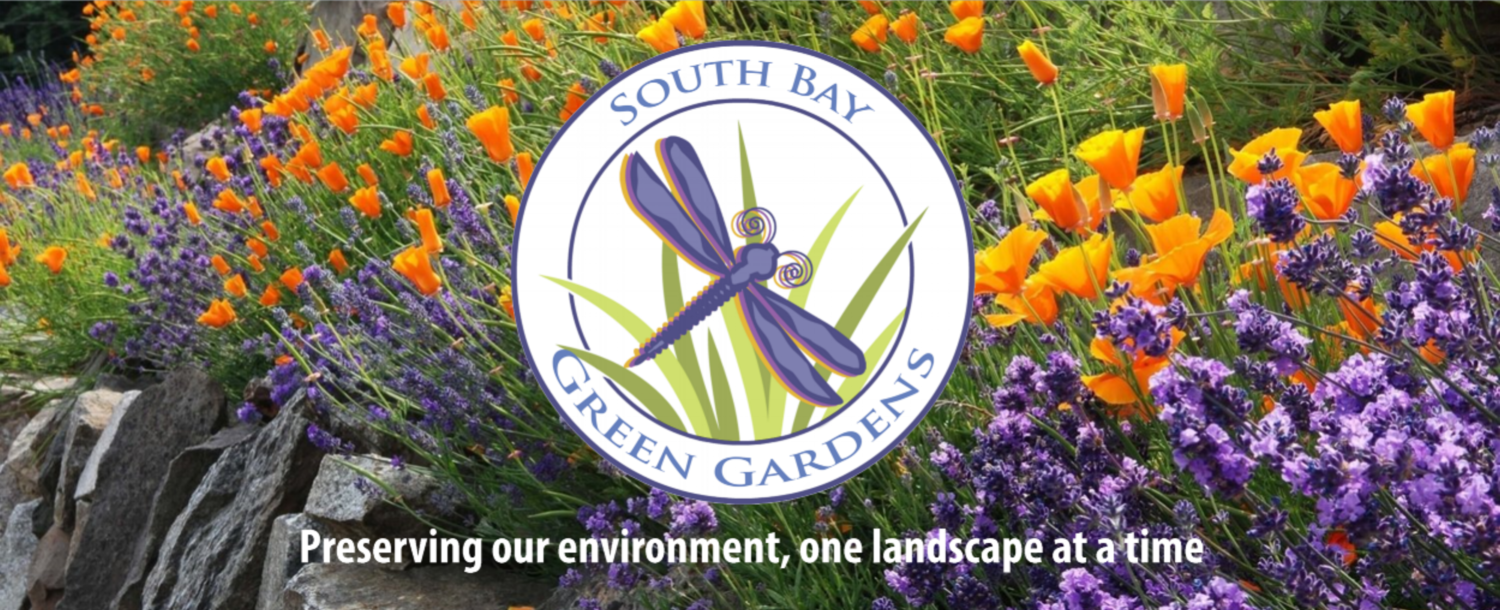Because of the recent fires in our state, it’s more important than ever to make sure your landscaping is fire-safe. Here are some great tips from Cal Fire:
FIRE-RESISTANT LANDSCAPING
A fire-safe landscape isn’t necessarily the same thing as a well-maintained yard. A fire-safe landscape uses fire-resistant plants that are strategically planted to resist the spread of fire to your home. Fire resistant plants are great in California because they are often drought tolerant, too.
The good news is, you don’t need a lot of money to make your landscape fire safe. And you will find that a fire-safe landscape can increase your property value and conserve water while beautifying your home.
Choose Fire-Resistant Plants and Materials
Create fire-safe zones with stone walls, patios, decks and roadways.
Use rock, mulch, flower beds and gardens as ground cover for bare spaces and as effective firebreaks.
There are no “fire-proof” plants. Select high-moisture plants that grow close to the ground and have a low sap or resin content.
Choose fire-retardant plant species that resist ignition such as rockrose, ice plant and aloe.
Select fire-resistant shrubs such as hedging roses, bush honeysuckles, currant, cotoneaster, sumac and shrub apples.
Plant hardwood, maple, poplar and cherry trees that are less flammable than pine, fir and other conifers.
Check your local nursery, landscape contractor or county’s UC Cooperative Extension service for advice on fire-resistant plants that are suited for your area.










